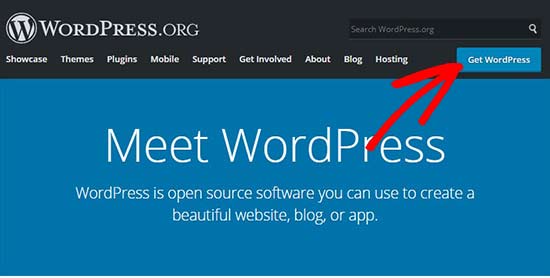
After clicking on the Continue button, a page will appear as in Figure 10.Select the language and click on the Continue button. We will get a WordPress configuration page as in Figure 9. Enter for the URL in the browser where WordPress is the name of the folder that we created in Step 6.Enter the name of database and click on the Create button (in my case, I entered the name of the database as wp_local) as in Figure 8.Select the database option as in Figure 7 to create a new database.For that purpose, select the phpmyadmin option from the WAMP server localhost page as in Figure 6. We need to create a database for the WordPress installation.

Create a new folder called WordPress (you can name it as you like) in the C:\wamp\ Now extract the downloaded WordPress.zip.We should get a page for the WAMP server as in Figure 5. To restart the WAMP server, click on the same icon and select the Restart All Services option as in Figure 4.Īfter restart, enter URL in the browser where 8983 is the port number we specified in the nf file in Step 4. In my case, I changed the port number from 80 to 8983.)Īfter changing the port number, we need to restart the WAMP server. (Try to select the port number above 1024 because port numbers from 0 to 1024 are system ports. Now change the port number from 80 to whatever port number you like. To change the port number for the WAMP server, click on the WAMP server icon and select nf (the location of this file is C:\wamp\bin\apache\apache2.4.9\conf) under the Apache menu as in Figure 3. To resolve this issue, we need to change the port number for the WAMP server. Because the port number for IIS is 80 and the default port for WAMP server is also 80. But if you have Internet Information Service (IIS) enabled on your machine then you will get the page for Internet Information Service. After selecting the Localhost option, we should get a page for the WAMP Server.Now click on that icon and select the Localhost option to launch the WAMP server as in Figure 2.After installation a small icon will appear in the task bar as in Figure 1. The current version of WordPress as of writing this article is 4.2.2. Download the latest release of WordPress.Now let`s get started with the installation. It`s nice to have a local installation of WordPress to try new themes, plugins and play with it.

It is one of the most popular online publishing platforms currently powering more than 20% of the web. WordPress is a free, open-source Content Management System (CMS) based on PHP and MySQL. Before getting started with installation, let`s get a brief idea about what WordPress is.


 0 kommentar(er)
0 kommentar(er)
